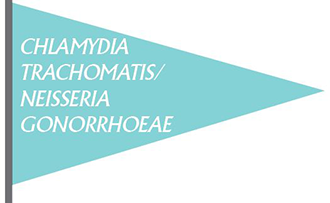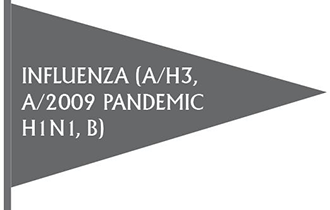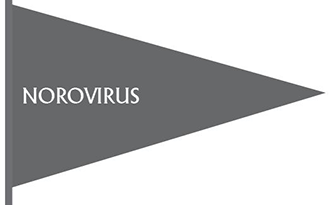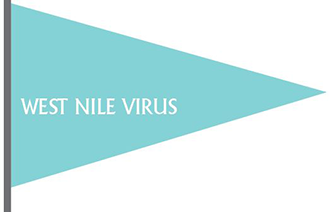

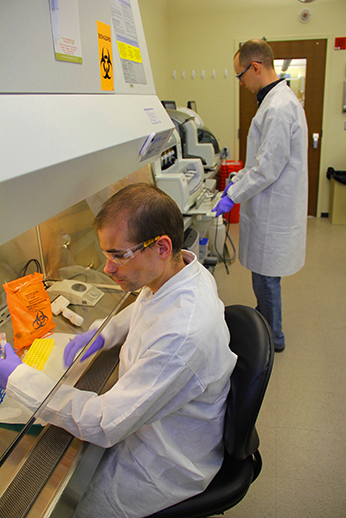
Top Tests
What illnesses are circulating in Iowa? The Molecular Diagnostics and Virology section tracks – with its public health partners – the incidence and location of many infectious diseases and viruses, including viral respiratory diseases, sexually transmitted diseases and arbovirus.
Molecular testing techniques have significantly increased the overall sensitivity and specificity of detection of bacteria and viruses that cause disease. The Molecular Diagnostic and Virology section works in close partnership with the Iowa Department of Public Health to target diseases of public health significance – highly communicable diseases that require intervention to reduce or stop their spread. Such diseases include legionellosis, viral meningitis, mumps, herpes and chicken pox.
The section also tests specimens related to disease outbreaks, such as whooping cough (pertussis) and norovirus, the primary cause of gastroenteritis outbreaks in Iowa. The Hygienic Lab is the only lab in the state that performs confirmatory norovirus tests. Identification of these viruses allows state outbreak investigators to optimally target remediation and prevention strategies.
Testing is also performed in support of various surveillance programs: viral respiratory diseases and sexually transmitted diseases through IDPH, and arbovirus surveillance in partnership with IDPH, Iowa State University and local public health departments.
- Viral respiratory disease surveillance informs the medical community of when and where influenza is circulating in the state and if these strains match the current vaccine.
- Sexually transmitted disease surveillance provides testing for the diagnosis of chlamydia and gonorrhea infections, ensuring patients receive proper treatment to prevent further spread of infection and providing reliable surveillance data.
- Arbovirus surveillance tests mosquitoes and humans for West Nile Virus and alerts public health officials when mosquito-borne illnesses are circulating, which allows them to implement methods of infection prevention.
- Added testing protocols to perform subtyping for influenza B strains.
- Performed diagnostic testing in support of several IDPH epidemiological outbreak investigations.
- Supported the CDC’s viral respiratory surveillance program in the annual battle against seasonal influenza.




